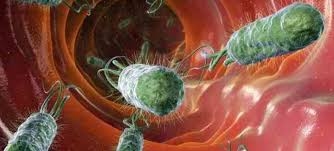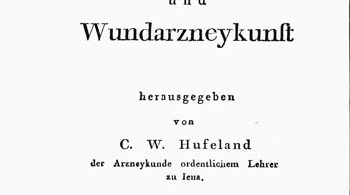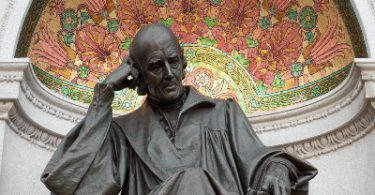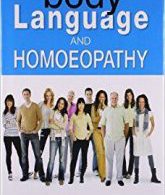Francis Bacon is most famous for developing an idea of how science should be done. A method-which he hoped would slough off the husk of ancient thinking and usher in a new age. It is called Baconian Method and it has influenced and inspired scientists from Bacon’s own time to the present day.
Samuel Hahnemann in the 1790’s rigorously applied Bacon’s method of inquiry into the nature of health and disease and first published his “Organon of the Rational Art of Healing” in 1810. It was by his close observation of the effects of Cinchona (Peruvian bark) on his own health that he was able, through observation and induction, to say “Peruvian Bark, which is used as a remedy for intermittent fever acts because it can produce symptoms similar to those of intermittent fever in healthy people.” (S. Hahnemann, Lesser Writings) This principle, after further experimentation, became known as “Similia Similibus Curentur”-The Law of Similiars, and the Rational Healing Art he came to name from the greek “Homoios-pathos”, Homoeopathy meaning similar suffering.
In my opinion the early 19th century development of Homoeopathy as a rational science of medicine is the most successful long-standing example of the application of Francis Bacon’s scientific method:
1. The meticulous observation of nature-the study of the patient.
2. The collection of facts.
3. The writing down of symptoms in great details.
4. The analysis of those facts.
5. The categorizing of symptoms into generals and pariculars.
6. The comparison of those symptoms with the facts of the material medica using an index known as the Repertory.
7. The subsequent induction; the prescription.
So when a homoeopath sits down to observe and investigate a patient and their symptoms, he or she is using Baconian methods of induction.
It is not surprising that Hahnemann named his masterpiece as The Organon as a token of appreciation of the method of reasoning and induction that he learned from Bacon’s Organum Novum.
Hahnemann used Bacon’s methods to investigate the curative action of plants and then minerals in what he termed the provings –long lists of symptoms observed in patients taking these in increasingly smaller doses. By the study of the collective expression of disease in humanity in contemporary times and in history he derived his broader theory of disease known as the theory of Miasms.
He asked of his colleagues that they become unprejudiced observers. He reserves his greatest invective for those physicians of his day who construct “empty speculations and hypotheses concerning the internal essential nature” of the body based, as they are on “mere theoretical webs” Surely this is the language of Bacon. As hahnemann himself said” by observation, reflection and experience, I discovered that “to cure rapidly, gently, and permanently choose, in every case of disease, a medicine which can itself produce an affection similar to that sought to be cured”.
I recommend The Organon of Medicine sixth edition By S. Hahnemann as a powerful defense of Bacon’s Methodology in the field of Medicine





